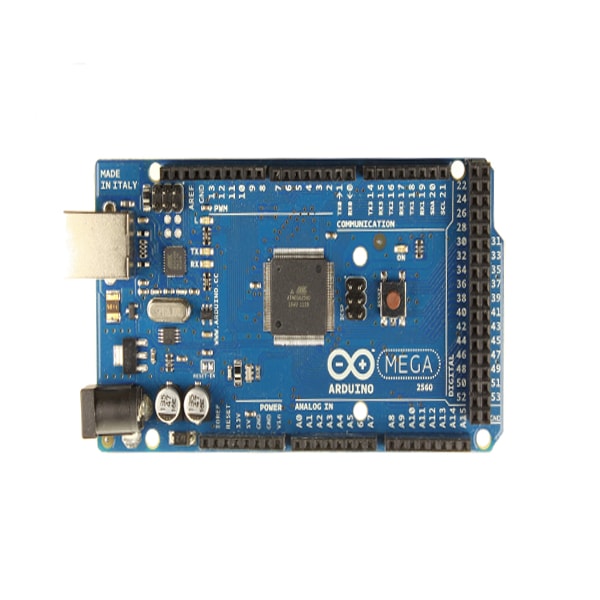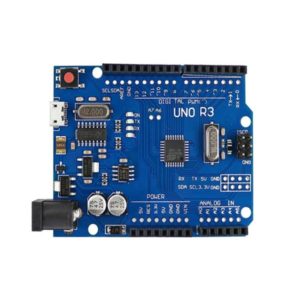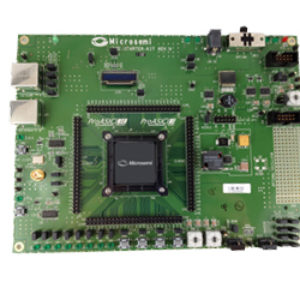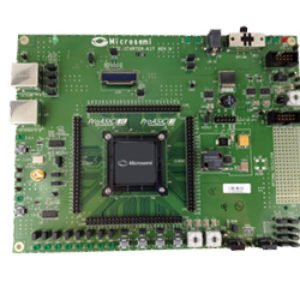ARDUINO MEGA 2560 REV3
Arduino MEGA 2560 Rev3 is designed for more complex projects. With 54 digital I/O pins, 16 analog inputs and a larger space for your sketch it is the recommended board for 3D printers and robotics projects. This gives your projects plenty of room and opportunities.
The Arduino Mega 2560 is a microcontroller board based on the ATMEGA2560. It has 54 digital input/output pins (of which 15 can be used as PWM outputs), 16 analog inputs, 4 UARTs (hardware serial ports), a 16 MHz crystal oscillator, a USB connection, a power jack, an ICSP header, and a reset button. It contains everything needed to support the microcontroller; simply connect it to a computer with a USB cable or power it with a AC-to-DC adapter or battery to get started. The Mega 2560 board is compatible with most shields designed for the Uno and the former boards Duemilanove or Diecimila.
ARDUINO MEGA 2560 REV3 – Tech Specification
| Microcontroller | ATmega2560 | |
| Operating Voltage | 5V | |
| Input Voltage (recommended) | 7-12V | |
| Input Voltage (limit) | 6-20V | |
| Digital I/O Pins | 54 (of which 15 provide PWM output) | |
| Analog Input Pins | 16 | |
| DC Current per I/O Pin | 20 mA | |
| DC Current for 3.3V Pin | 50 mA | |
| Flash Memory | 256 KB (ATmega328P) of which 0.5 KB used by boot loader | |
| SRAM | 8 KB (ATmega328P) | |
| EEPROM | 4 KB (ATmega328P) | |
| Clock Speed | 16 MHz | |
| LED_BUILTIN | 13 | |
| Length | 101.52 mm | |
| Width | 53.3 mm | |
| Weight | 37g | |
Physical Characteristics and Shield Compatibility
The maximum length and width of the Mega 2560 PCB are 4 and 2.1 inches respectively, with the USB connector and power jack extending beyond the former dimension. Three screw holes allow the board to be attached to a surface or case. Note that the distance between digital pins 7 and 8 is 160 mil (0.16″), not an even multiple of the 100 mil spacing of the other pins.
The Mega 2560 is designed to be compatible with most shields designed for the Uno and the older Diecimila or Duemilanove Arduino boards. Digital pins 0 to 13 (and the adjacent AREF and GND pins), analog inputs 0 to 5, the power header, and ICSP header are all in equivalent locations. Furthermore, the main UART (serial port) is located on the same pins (0 and 1), as are external interrupts 0 and 1 (pins 2 and 3 respectively). SPI is available through the ICSP header on both the Mega 2560 and Duemilanove / Diecimila boards. Please note that I2C is not located on the same pins on the Mega 2560 board (20 and 21) as the Duemilanove / Diecimila boards (analog inputs 4 and 5).



















Reviews
There are no reviews yet.